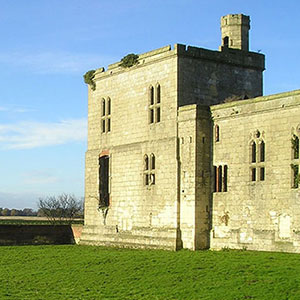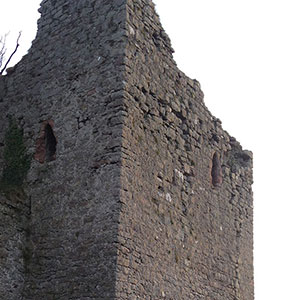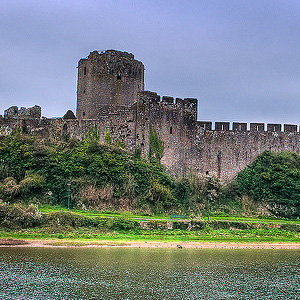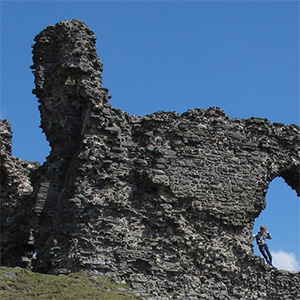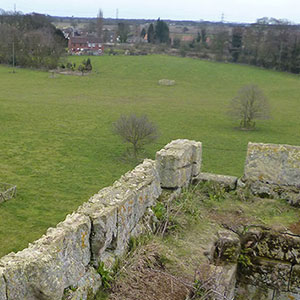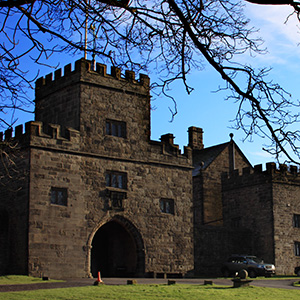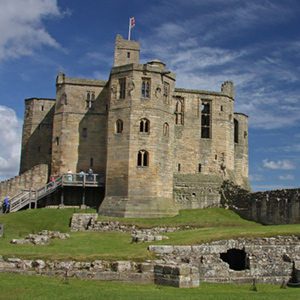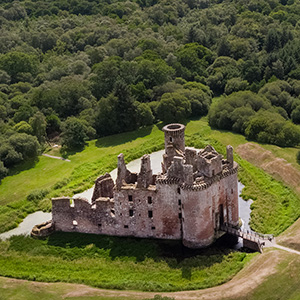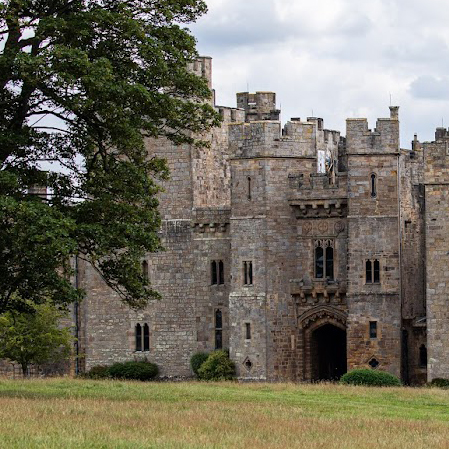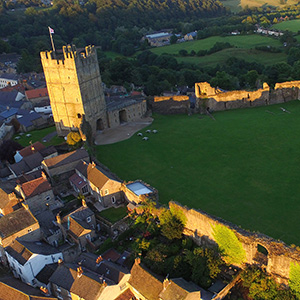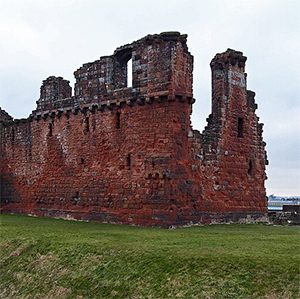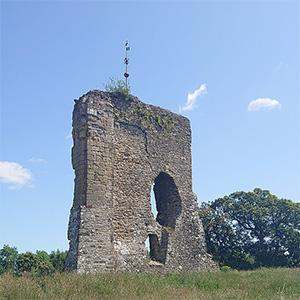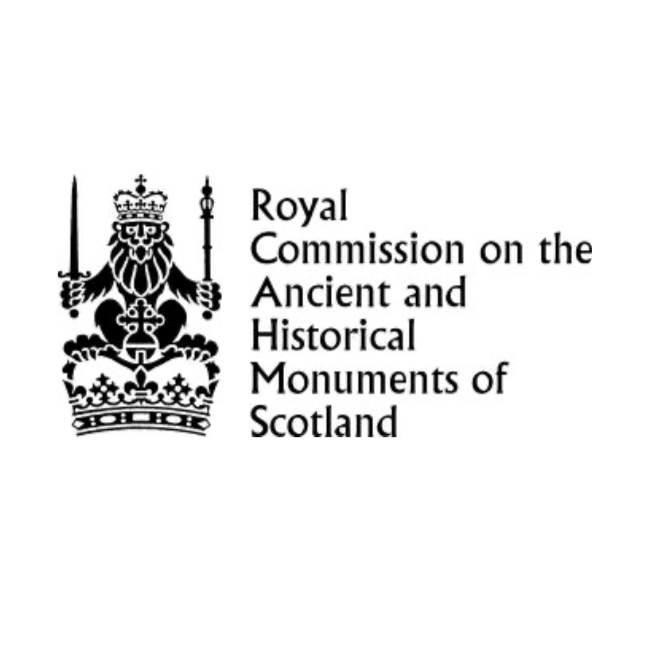Geophysical Survey of Tibbers Castle, Dumfriesshire
Tibbers occupies a key site, defending Nithsdale, one of the main routes into Scotland and saw much action during the C14 Wars of Independence. The main structure was either begun or strengthened by Sir Richard Siward in 1298, who supported the English and was visited by Edward I in that year. It was taken by Robert the Bruce in 1306 and quickly regained by the English from John de Seton, who was put to death for his treachery. This occupation ended in 1313 with the resurgence of Robert Bruce’s campaigns against the English. The castle lost is importance from the 1350s when nearby Morton became the main administrative centre of the area.
The geophysical survey, part funded by the Trust, has revealed the early history of Tibbers Castle, Dumfriesshire, creating a more detailed understanding of the site. An enclosure (bailey) invisible to the naked eye was discovered within the current castle, radically changing our understanding of the site. Tibbers Castle was of great importance in the Wars of Independence in C14, and was visited by Edward I before it was captured by Robert the Bruce.
It was initially thought that from its creation the castle consisted of a motte with two large baileys. The new research indicates that the original castle was in fact much smaller, with just a single bailey densely populated with what are likely to be timber buildings. As tensions between Scotland and England led to war, the castle was rebuilt and expanded to its current form with two larger baileys and a stone enclosure with round corner towers on top of the motte. To read the full report for free please download the report below:
Tibbers Castle final report (3.94MB PDF)
